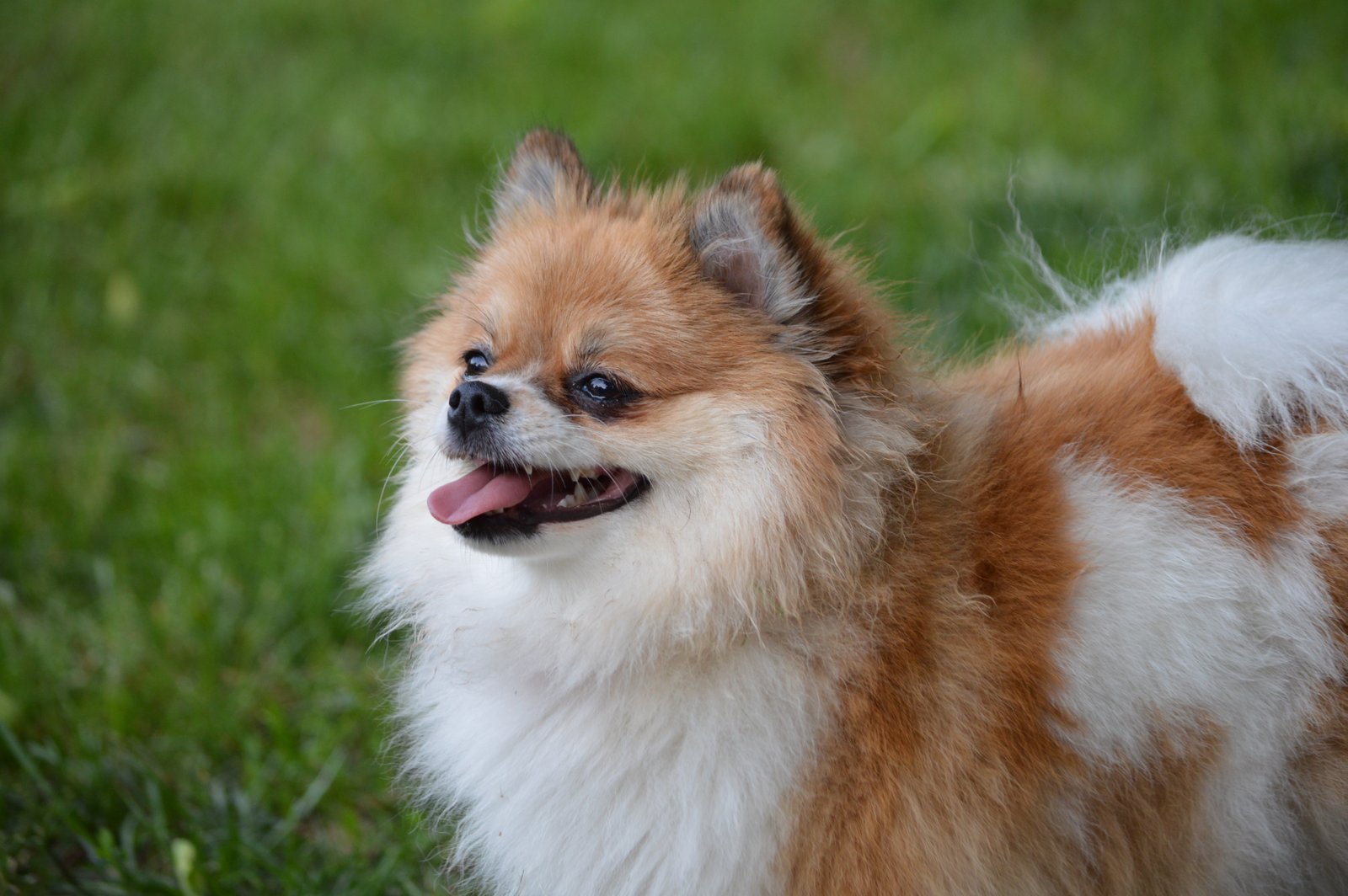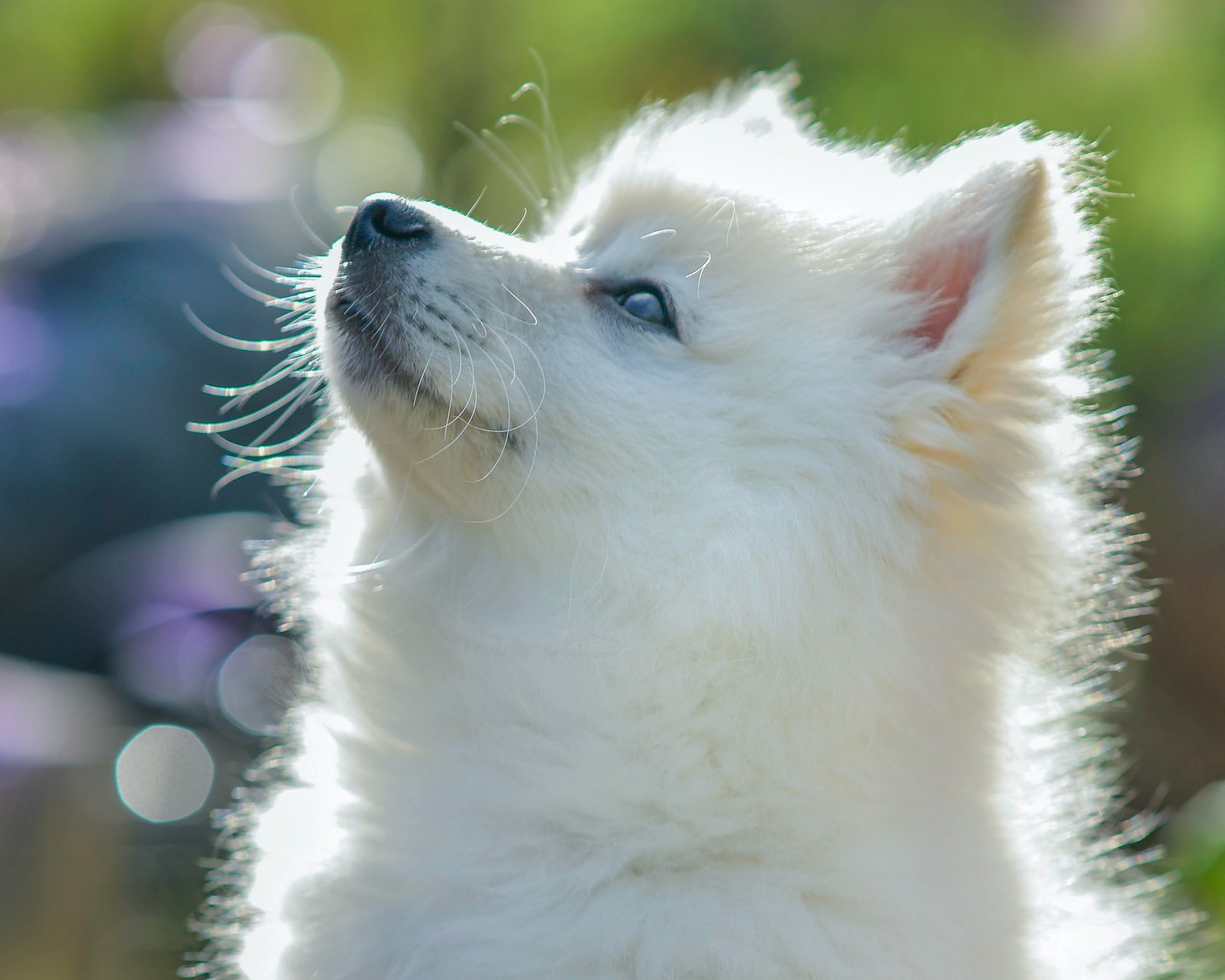Toy Pomeranian Puppies For Sale across India

Most watchful Toy Pomeranian pup available for sale in Bangalore
| Price: | ₹85000 |
|---|---|
| ID: | 239182 |
| Gender: | Male |
| Location: | Bangalore-India |

Cute little furry Toy Pomeranian puppies for sale in Goa
| Price: | ₹98000 |
|---|---|
| ID: | 239183 |
| Gender: | Male and Female |
| Location: | Goa-India |

Easy to keep, lovely toy pom puppy waiting for adoption in Mumbai
| Price: | ₹92000 |
|---|---|
| ID: | 239184 |
| Gender: | Male |
| Location: | Mumbai-India |

Buy Toy Pomeranian with soft fur and brilliant spirit in Kolkata
| Price: | ₹89000 |
|---|---|
| ID: | 239185 |
| Gender: | Female |
| Location: | Kolkata-India |

Verified, courageous toy pom puppy for sale in Pune
| Price: | ₹110000 |
|---|---|
| ID: | 239186 |
| Gender: | Female |
| Location: | Pune-India |

Super active and beautiful Toy Pomeranian male pup for sale in Vizag
| Price: | ₹87000 |
|---|---|
| ID: | 239187 |
| Gender: | Male |
| Location: | Vizag-India |

Totally adaptable, agile Toy Pom puppy available for adoption in Chennai
| Price: | ₹99000 |
|---|---|
| ID: | 239188 |
| Gender: | Male |
| Location: | Chennai-India |

Charming, sensational Toy Pomeranian puppy for sale in Ahmedabad
| Price: | ₹95000 |
|---|---|
| ID: | 239189 |
| Gender: | Female |
| Location: | Ahmedabad-India |
//Prices//
Pomeranian Price In India
The price of a Pomeranian dog in India can vary widely depending on several factors, including the dog’s age, pedigree, color, coat quality, and the breeder’s reputation and location. On average, Pomeranian dog price in India you can expect to pay anywhere from ₹8,000 to ₹80,000 or more from a reputable breeder.

At Best For Pets, you will get nothing but the best Pomeranian price in India. Our breeders and Pomeranian experts do their best to keep the puppy prices under control. With our own breeding farms, we eliminate the need for middlemen and keep Pomeranian prices as low as possible. Our mission has always been to foster healthy client relationships and give dog lovers in India access to adorable Pomeranian puppies. We would never want our clients to get disheartened after hearing quotes that are too heavy for their pockets. Rest assured, you will find the lowest Pomeranian dog price in India at Best For Pets.
Various Factors That Affect of Toy Pom
The price of a Pomeranian dog can vary significantly based on several factors. If you’re considering bringing a Pomeranian into your home, it’s important to understand these factors that can affect the price:
1. Breeder Reputation And Location
Reputable breeders who have a track record of producing healthy, well-socialized Pomeranians typically charge higher prices. Additionally, the breeder’s location can impact the price, as costs of living and breeding can differ from one region to another.
2. Pedigree And Bloodline
Pomeranians with champion bloodlines or show-quality pedigrees often command higher prices. These dogs are typically bred for specific traits and conform to breed standards more closely.
3. Color And Coat
The Pomeranian breed comes in a variety of colors and coat types. Some colors, like merle or rare combinations, can be more expensive than others.
4. Age And Health
Puppies are usually more expensive than adult dogs. If the Pomeranian comes with health certifications, vaccinations, and a clean bill of health from a veterinarian, it may also contribute to a higher price.
5. Market Demand
Local and global market demand can influence Pomeranian prices. If Pomeranians are popular or trending in a particular area or among certain demographics, prices may rise.
6. Gender
Female and male Pomeranians may have different price points, with females often being more expensive, particularly if they are intended for breeding.
6. Size
Pomeranians can vary in size, and some breeders may specialize in teacup or miniature Pomeranians, which are typically priced higher due to their rarity and demand. .
Pomeranian Price In India: Affordable Pomeranian Puppies In India
If you can become a responsible pet parent, you can keep a Pomeranian at any location across India. Best For Pets takes up the responsibility of sending these puppies to all corners of the country. Wherever you live, you will have a cute little furry friend at the best Pomeranian dog price in India. From busy metro cities to humble remote towns, our Pomeranians travel far and wide to reach deserving pet parents!
Frequently Asked Questions
HOW LONG DO Pomeranian Dogs LIVE?
Toy Pom are one of the toy breeds and can live as long as 12 TO 16 years. Toy Pom is smaller than other toy breeds, making them ideal for those who live in small apartments or houses. Toy Pom get along well with children and other pets in your home, especially if introduced at an early age. They can be stubborn at times but training is key to living harmoniously with your new pet!


